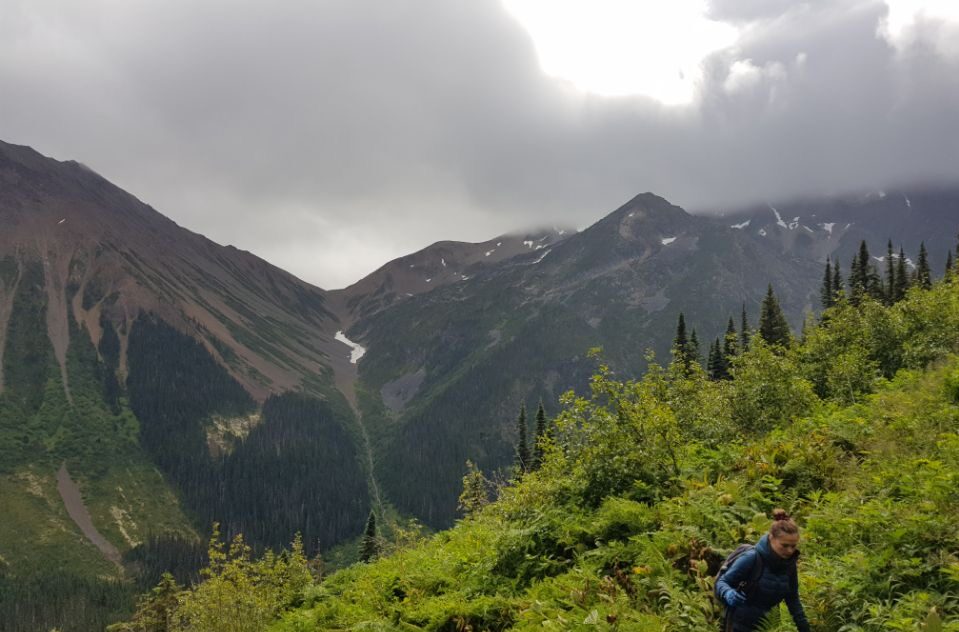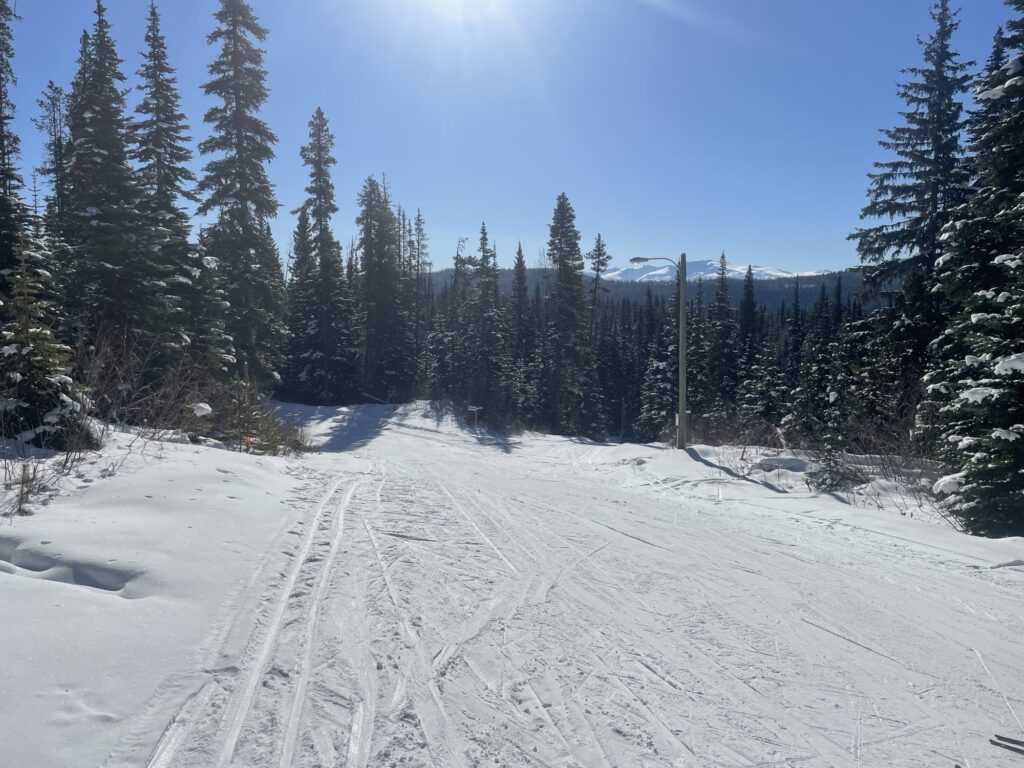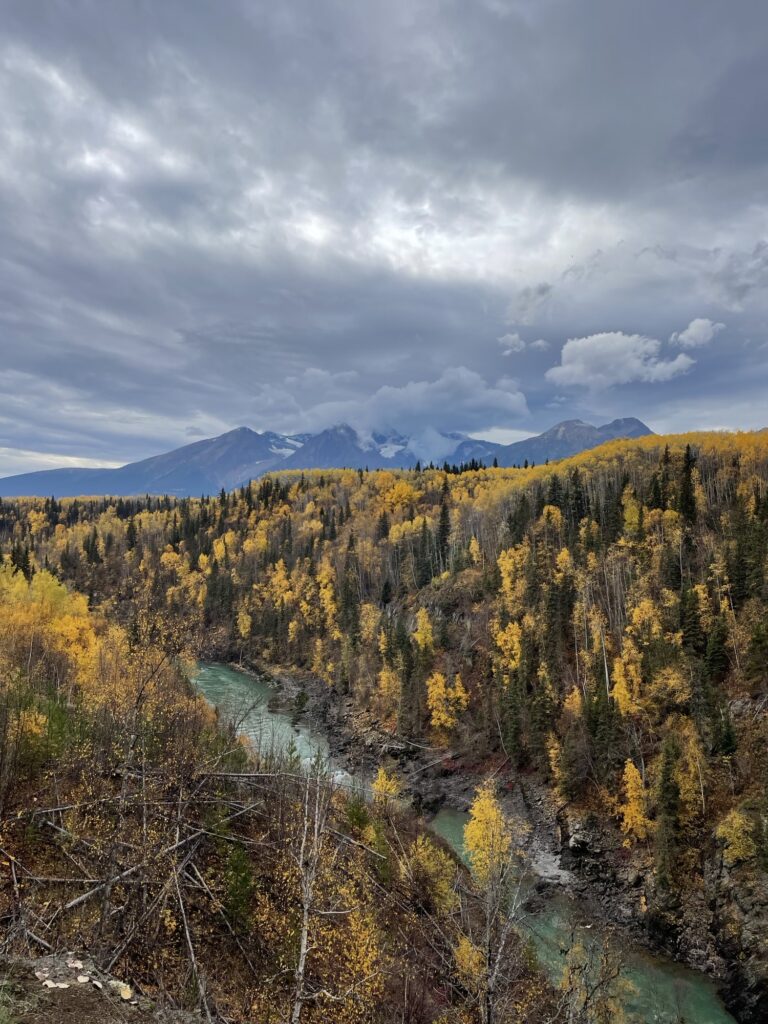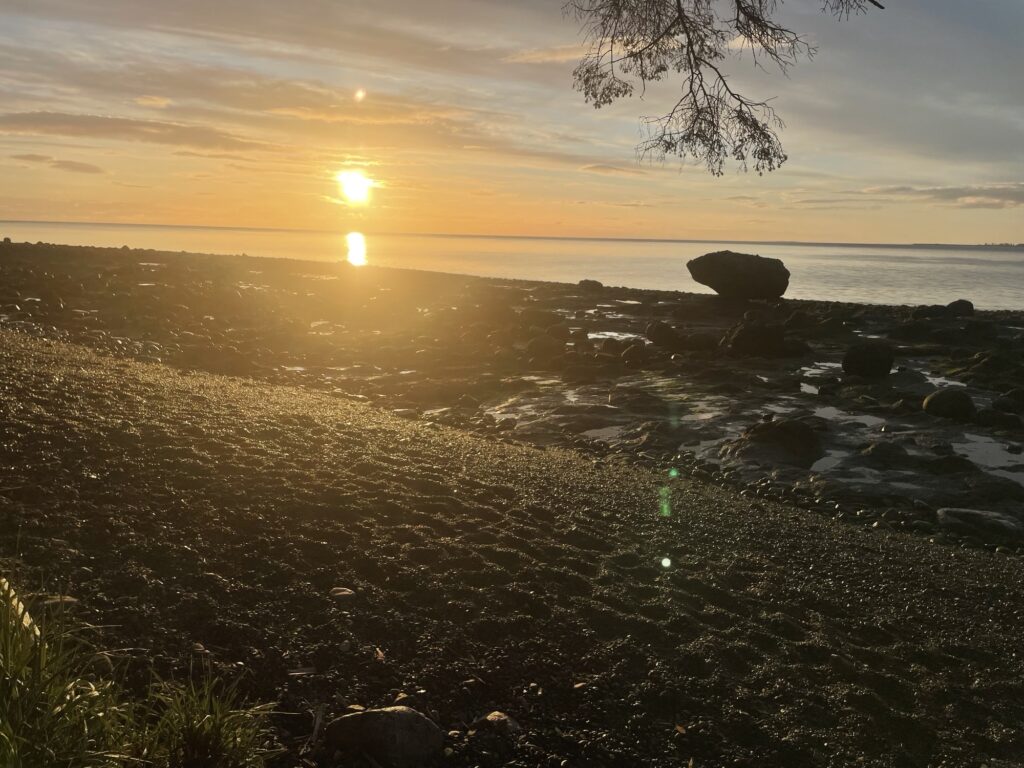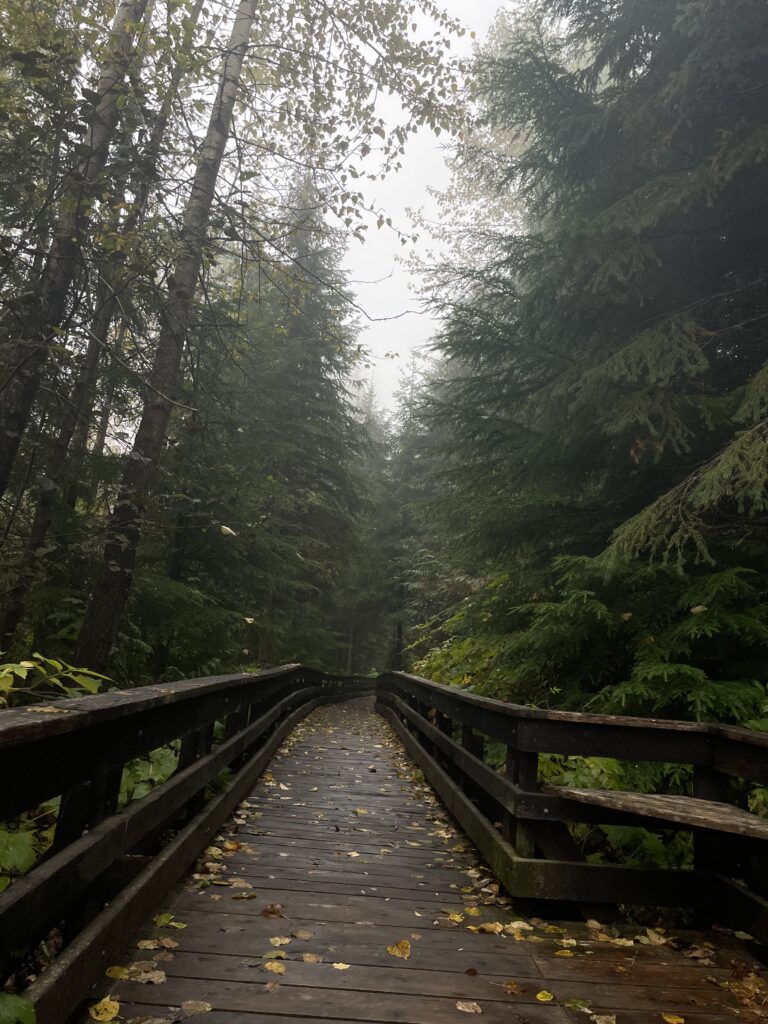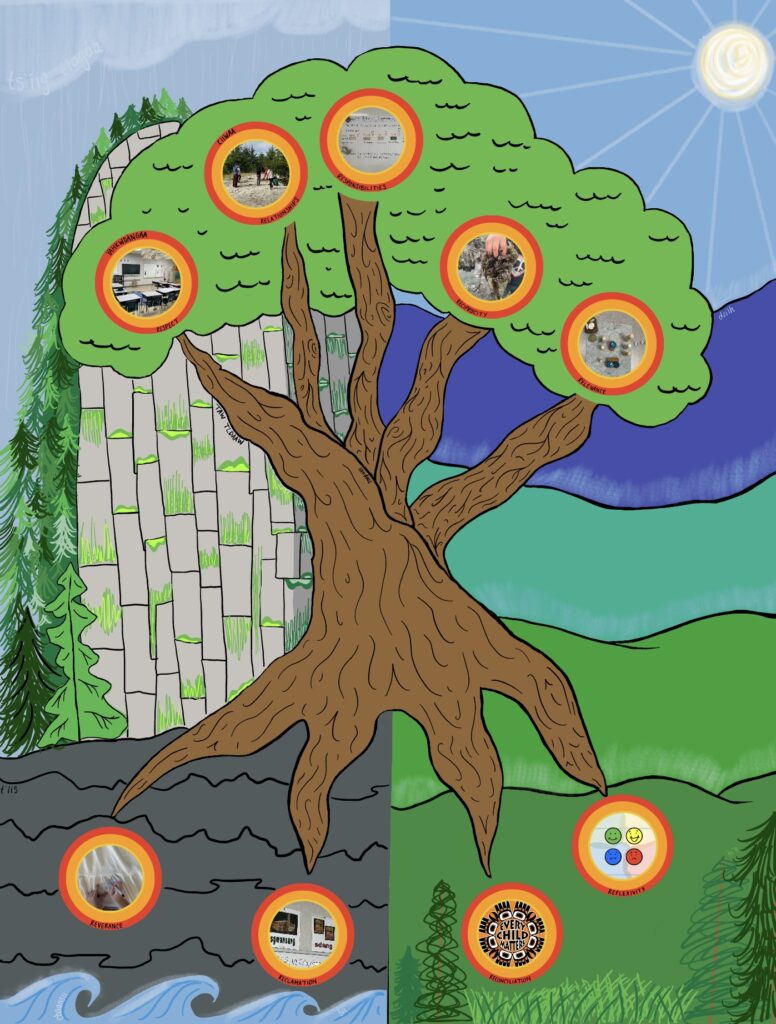Social Studies – Environmental Impact
During my first practicum in a Grade 2/3 class, we completed a unit on environmental impact. On this page, I will be discussing two of the activities that we did within the unit. I have chosen to discuss these two in particular because they were the most interactive and had the highest level of student engagement.
To kick off the unit we did a water pollution experiment. We gathered garbage from around the school grounds and placed it in a large tub of water to learn about water pollution. Prior to adding the garbage to the water we started to fill in our experiment sheet (see image provided below). We made a hypothesis on what color we thought the water would turn by the final day.
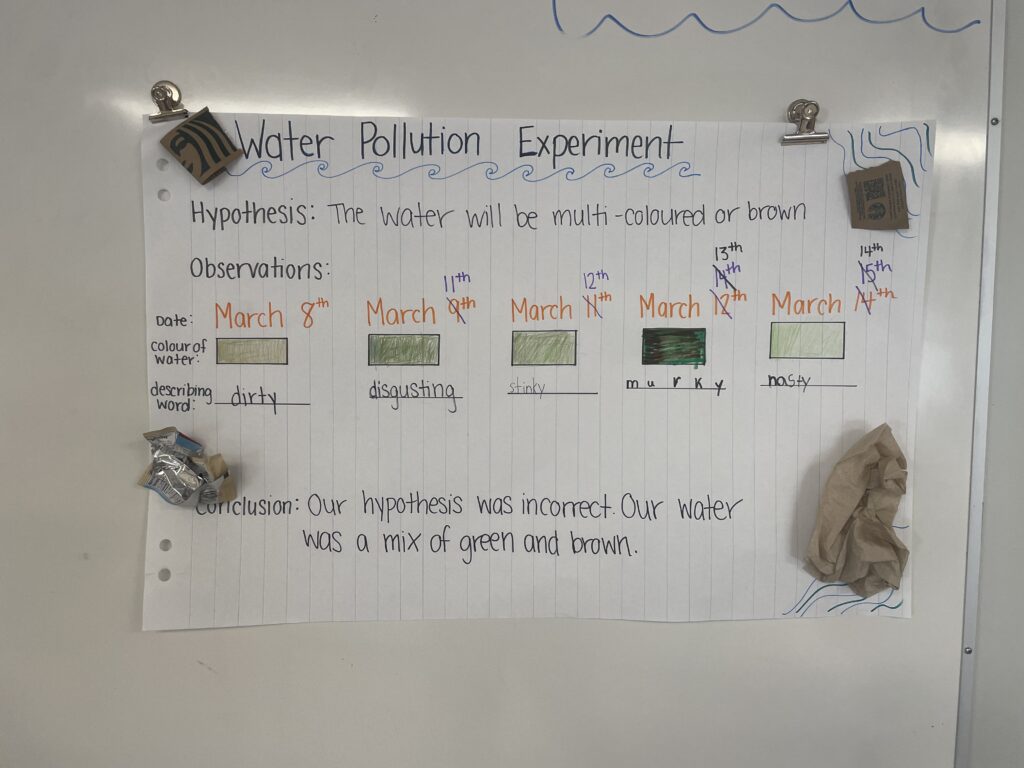
Student were really engaged in this element of the unit and this experiment served as a great routine to have to kick off our social studies time.
The second activity I would like to note, is called Ecological Footprint Calculator. I remember doing this activity when I was an elementary student and I find that it still very relevant to today. The survey asks a series of questions about our lifestyle (energy use, transportation, etc.) and at the end shows how many “earths” we would need if everyone in the world was to live the way that we live. Students really enjoyed this and the visuals were very impactful.
For fast finishers, I told them they are welcome to play around with the answers and see how many “earths” we would need if all of the answers were filled out to the maximum amount versus the minimum. This is an activity I would highly recommend. Click on the button below to be brought to the resource:
As a reflection, students filled in a footprint template keeping their survey results in mind as they decorate which was awesome for a group that is very artistic.
Mussi Cho for reading. I hope this information was helpful.
